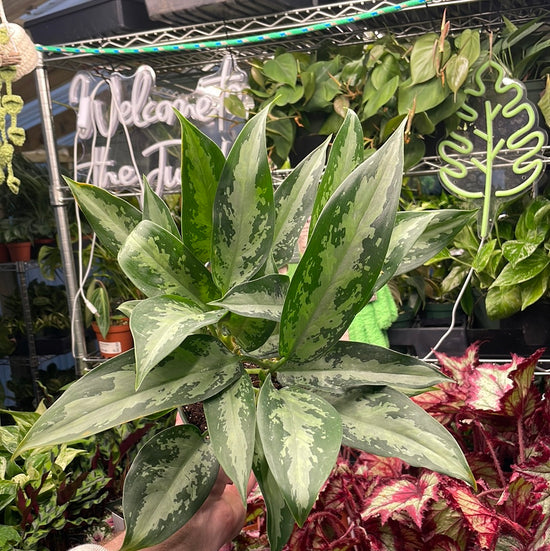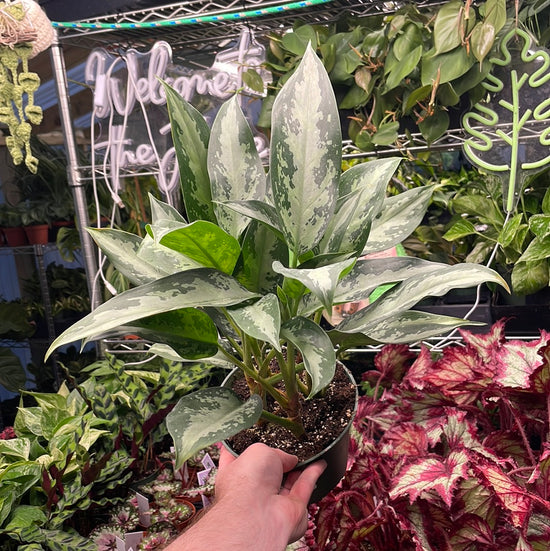Oxalis Care Guide
Oxalis, commonly known as wood sorrel or shamrock, is a genus of plants that includes several hundred species. The care instructions can vary slightly depending on the specific species you have, but here are some general guidelines for caring for oxalis plants:
Light
Oxalis generally prefers bright, indirect light. Some species can tolerate partial shade, while others may prefer full sunlight. Observe your specific variety and adjust the lighting accordingly.
Water
Keep the soil consistently moist but not waterlogged. Allow the top inch (2.5 cm) of soil to dry out between waterings.
Water more sparingly during the dormant period, usually in late fall and winter. Reduce watering frequency to prevent the bulbs from rotting.
Soil
Use well-draining potting soil to prevent waterlogging. A mix formulated for indoor plants or a cactus mix can work well.
Oxalis prefers slightly acidic to neutral soil pH.
Temperature & Humidity
Most oxalis varieties thrive in temperatures between 60-75°F (15-24°C). They can tolerate slightly cooler temperatures during their dormant period.
Maintain moderate humidity levels. If your home is very dry, consider placing a tray of water near the plant or using a humidifier.
Fertilizing
Feed your oxalis with a balanced liquid fertilizer every 4-6 weeks during the growing season (spring and summer).
Avoid fertilizing during the dormant period.
Dormancy
Some oxalis varieties go through a dormancy period, typically in late fall and winter. During this time, the plant may drop its leaves. Reduce watering, and allow the soil to dry out slightly, but do not let the bulbs completely dry.
Pruining
Trim back leggy or overgrown stems to encourage bushier growth. Prune off any yellow or dead leaves.
Re-Potting
Repot your oxalis every 1-2 years or when the plant outgrows its current container. Spring is generally a good time for repotting.
Pests and Diseases
Keep an eye out for pests such as aphids, spider mites, and scale insects. Treat any infestations promptly with insecticidal soap or neem oil.
Watch for signs of fungal diseases, especially if the soil is consistently too wet. Improve air circulation around the plant to reduce the risk of fungal issues.
Remember that the specific care requirements may vary depending on the type of oxalis you have, so it's a good idea to identify the exact species you are growing and adjust care accordingly.
Shop all plants
-
Aglaonema BJ Freeman
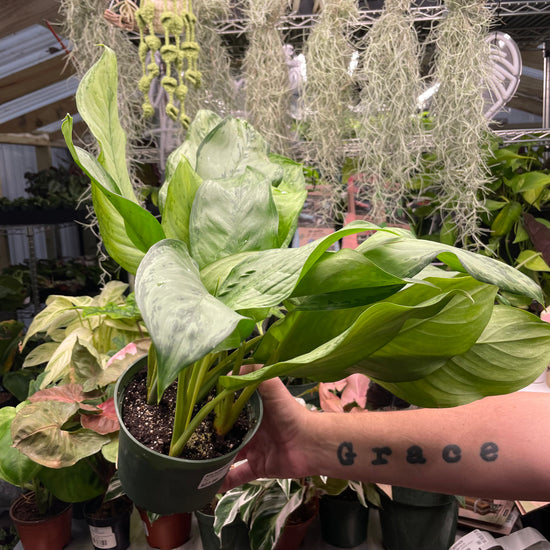
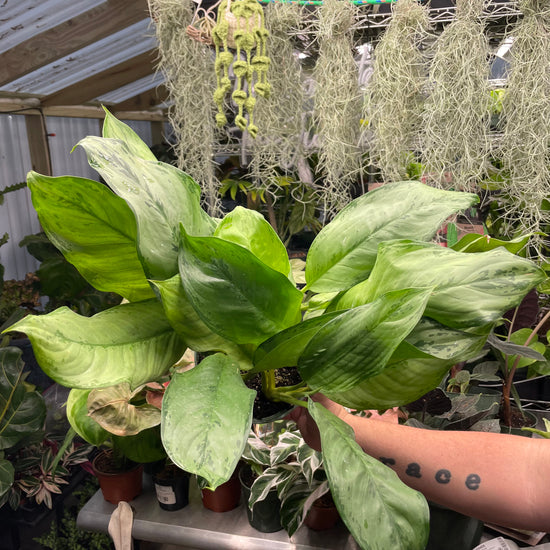 Aglaonema BJ Freeman
Aglaonema BJ Freeman- Regular price
-
$27.99 - Regular price
-
- Sale price
-
$27.99
Quick view
-
Aglaonema First Diamond
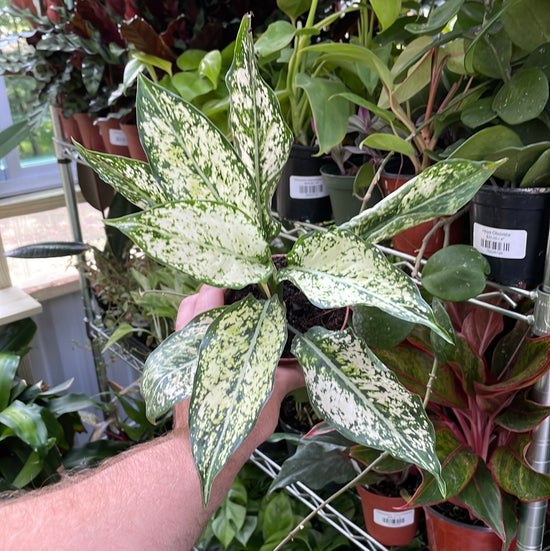
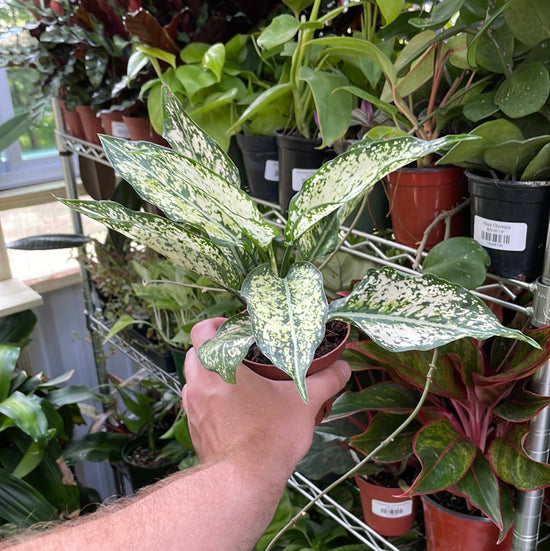 Aglaonema First Diamond
Aglaonema First Diamond- Regular price
-
$18.99 $26.99 - Regular price
-
- Sale price
-
$18.99 $26.99
Quick view
-
Aglaonema Maria
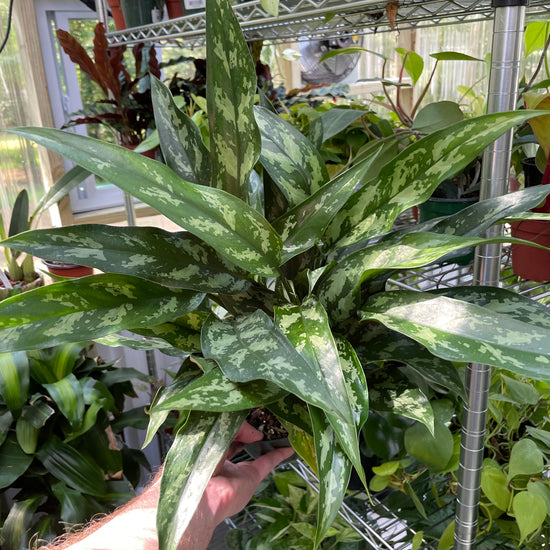
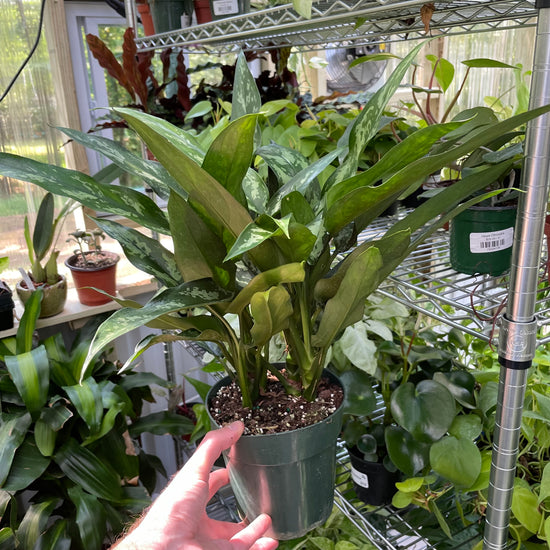 Aglaonema Maria
Aglaonema Maria- Regular price
-
$15.99 $28.00 - Regular price
-
- Sale price
-
$15.99 $28.00
Quick view






